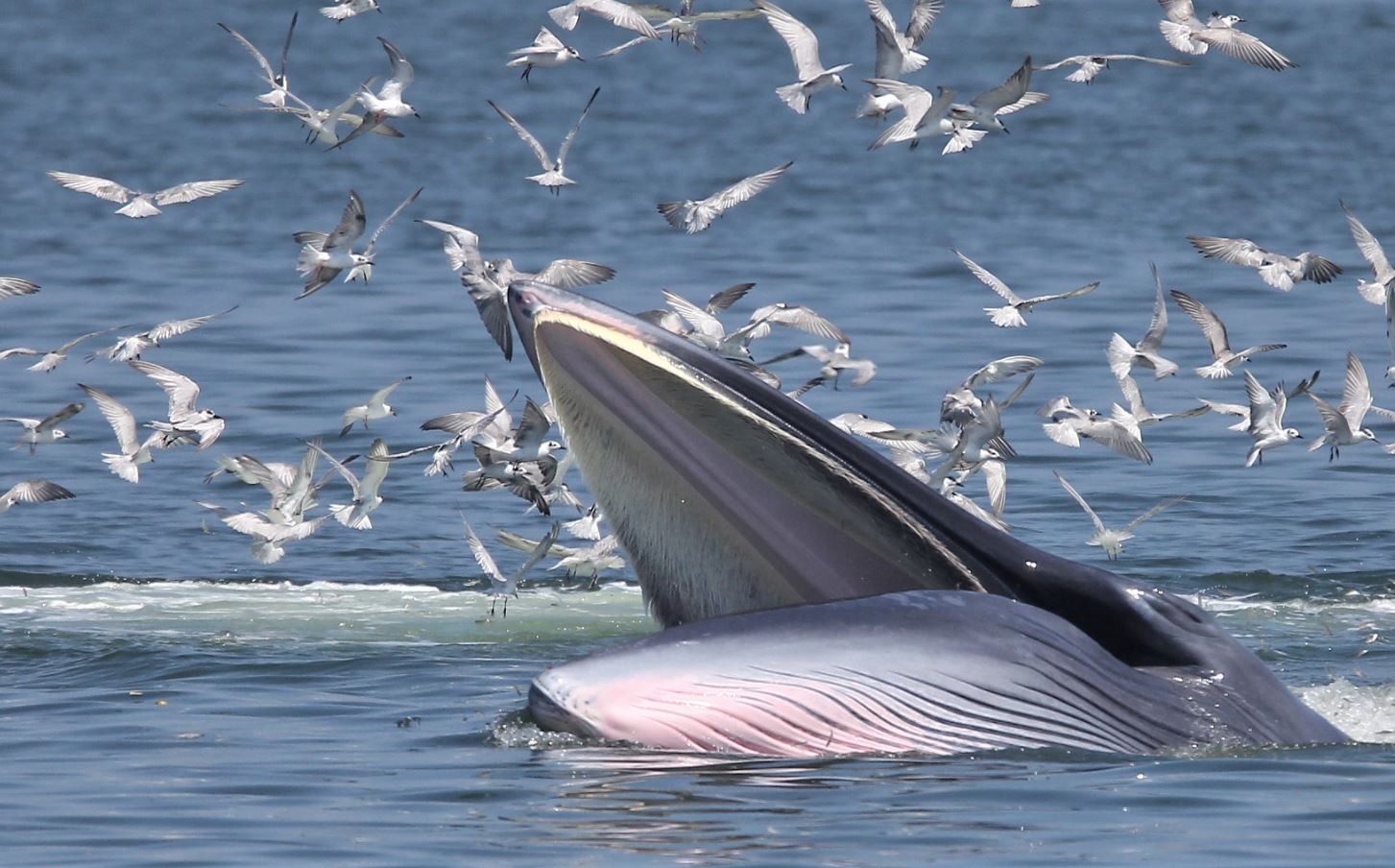A newly discovered whale species, known as Rice’s whale or the Gulf of Mexico whale, is facing a rapid decline towards extinction despite being identified only a year ago. This particular cetacean resides exclusively in the northeastern part of the Gulf of Mexico throughout the year, making it the sole baleen whale species in the region.
With a mere 50 individuals remaining, Rice’s whale is considered the most endangered whale species on our planet. Its limited habitat range exposes it to significant risks posed by any alterations to its environment. As industrialization continues to expand in the Gulf of Mexico, scientists are urging the Biden administration to take immediate action in safeguarding this critically endangered whale from complete annihilation.
A recent open letter, signed by over one hundred marine scientists, emphasizes the urgent need for new conservation measures to be implemented in order to protect the species and aid in the recovery of its dwindling population (source).
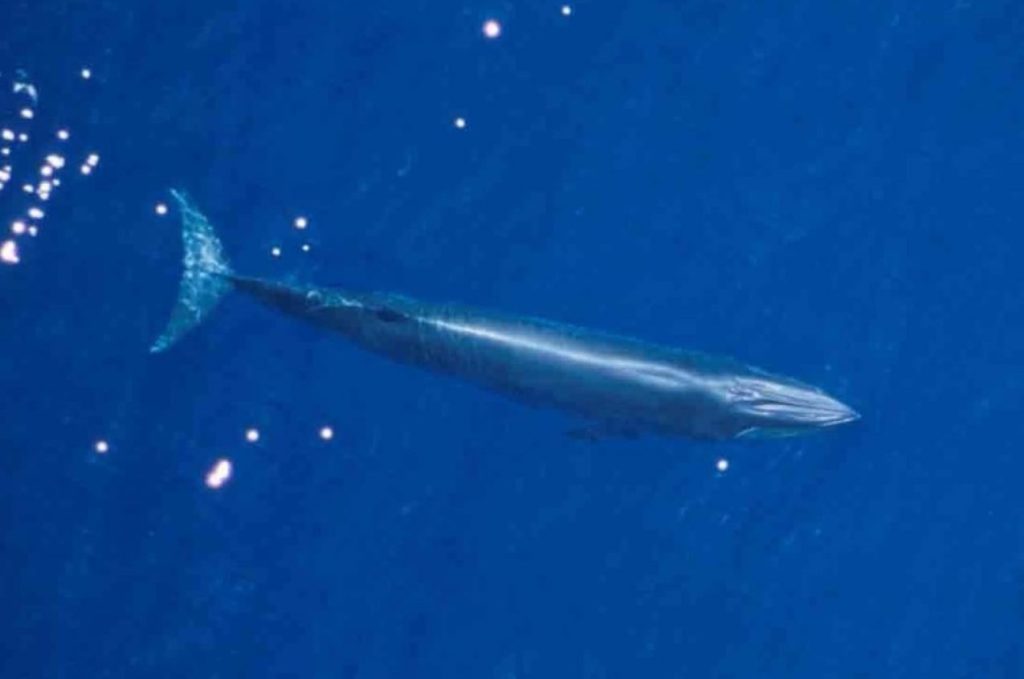
Ever since the Marine Mammal Protection Act was established five decades ago, no whale species has vanished from the waters of the United States. However, the Rice’s whale now confronts numerous difficulties, especially due to the growing impact of human activities in its habitat.
Unless there is a significant shift in the whale’s circumstances, the threat of extinction looms heavily upon it.
Threats To Rice’s Whale
Oil Spills
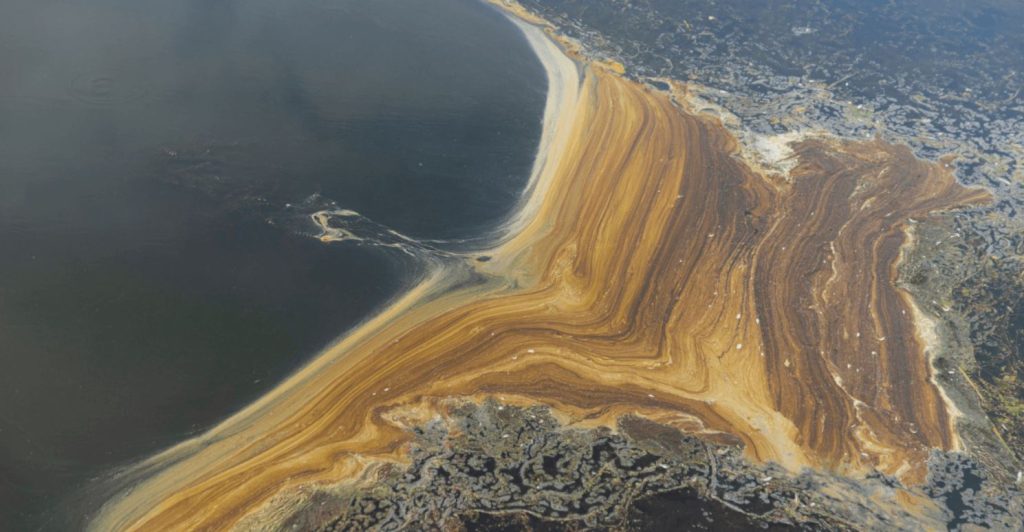
The ongoing expansion of oil and gas development in the Gulf of Mexico poses the most significant danger to the survival and recovery of the Rice’s whale.
The devastating impact of oil spills cannot be underestimated, as evidenced by the catastrophic Deepwater Horizon incident in 2010, which stands as the largest oil spill in history. Shockingly, an estimated 20% of the Rice’s whale population perished as a result of this calamity (source).
During the spill, whales suffered from various detrimental effects, including respiratory issues, reproductive failure, impaired vision, and heightened vulnerability to diseases.
When whales come into contact with oil, it adheres to their baleen, which hampers their ability to effectively feed. Furthermore, the contamination of their prey by oil creates a genuine risk of starvation.
Dispersants, chemicals employed to counteract oil spills, can also prove toxic to whales. Moreover, their impact on the environment can persist long after the conclusion of the oil spill.
Given that the population of Rice’s whales is already alarmingly low, the loss of even a single individual has far-reaching consequences for the entire species.
Noise Pollution
The growing activity in the Gulf brings forth a multitude of additional challenges. The survival of whales is jeopardized by the detrimental effects of noise, particularly caused by seismic surveys related to the oil and gas industries. These surveys emit powerful sound waves into the ocean every 10-20 seconds, nonstop throughout the year, inflicting permanent hearing damage upon cetaceans in the vicinity.
Hearing plays a vital role for whales in communication, navigation, mate selection, prey detection, and predator avoidance. Hence, heightened noise levels in the ocean can have profound physical and behavioral impacts on Rice’s whales and other species.
Furthermore, the rise in commercial shipping within the Gulf of Mexico contributes to underwater noise pollution. Increased exposure to this noise has been found to elevate stress levels in whales, prompting alterations in their behavior and potentially displacing them from their customary feeding grounds as they strive to evade the noise.
Additionally, shipping noise shares a similar frequency range with whale calls, impairing their ability to effectively communicate. It is anticipated that the Gulf will witness even greater congestion in the future due to the expansion of the Panama Canal, further endangering the future of Rice’s whales.
Ship Strikes
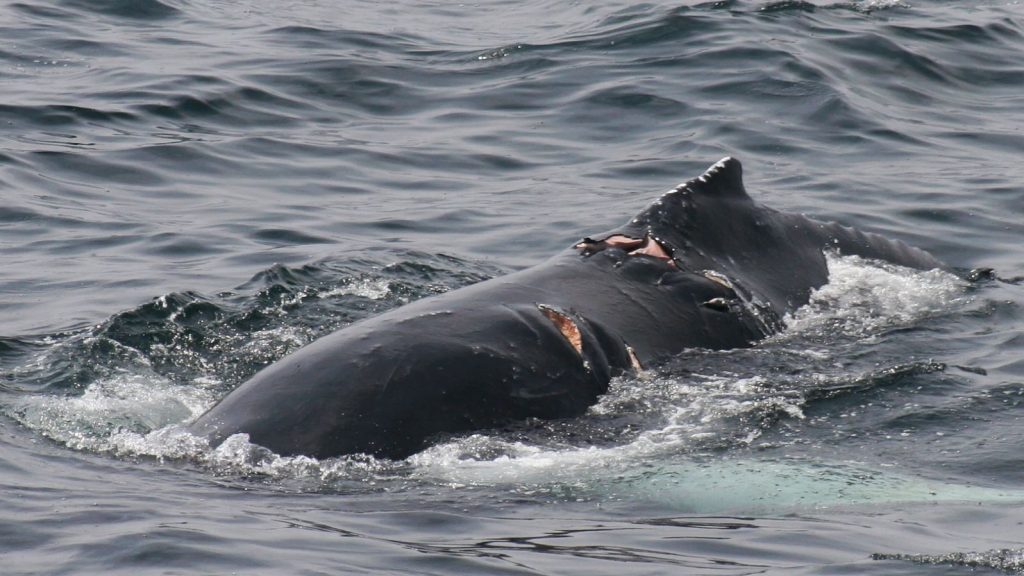
Ship collisions present a grave danger, causing significant harm to various individuals. Incidents of injuries aligned with ship strikes have been documented, such as severed vertebrae, lung impairment, and internal bruising.
Rice’s whales, in particular, are highly vulnerable to ship strikes due to their behavior of resting in shallow waters close to the surface during nighttime. This positioning increases the likelihood of encountering vessels and heightens the risk of collisions. (source).
Entanglement
The habitat of the Rice whale intersects with multiple deep-sea fishing areas where longline nets are deployed. These fishing grounds often coincide with the whale’s feeding depths, posing a significant threat of entanglement and mortality.
Throughout history, there have been two recorded incidents of Rice’s whales becoming ensnared in fishing equipment and stranding ashore. Although this number may appear small, considering the dwindling population of only 50 whales, any loss of an individual is a severe blow that the population cannot afford to bear.
The Discovery Of A New Species
The decline of the Rice’s whale population is particularly worrisome due to the fact that this species was only identified in 2021.
While there were previous documented sightings dating back to the 1960s, those were initially believed to be of Bryde’s whales, Balaenoptera brydei, a closely related species that inhabits various regions across the globe.
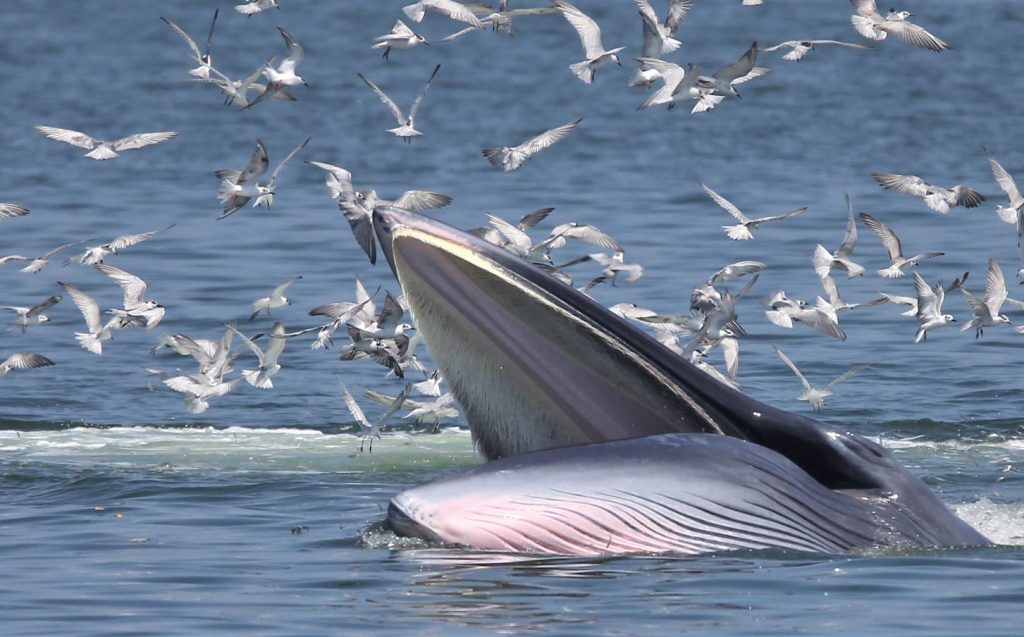
In 2021, scientists made a significant discovery when they examined the remains of a stranded whale. They determined that Rice’s whale is indeed a unique species separate from Bryde’s whale, and it was given the scientific name Balaenoptera ricei.
While these two whale species appear identical on the outside, they can only be distinguished by their genetic makeup, skeletal structure, and the sounds they produce. The adult Rice’s whale can measure anywhere between 22.97 and 42.65 feet (7 to 13 meters) in length.
What sets this species apart is its distinct vocalizations, which are different from those of any other baleen whale, providing a useful characteristic for identification.
Rice’s Whale Population Distribution
The Rice’s whale is a unique species among large whales. Unlike its counterparts, it stays within the Gulf of Mexico without migrating elsewhere. This region serves as both its feeding and breeding grounds. Other whale species in the area, like the sperm whale, have much broader ranges and interbreed with individuals from different locations.
Because of its small population size and limited distribution, the Rice’s whale faces a risk of inbreeding depression. This phenomenon occurs when the gene pool becomes reduced, negatively affecting the overall health and fitness of individuals. Consequently, the entire population weakens gradually, making it challenging for the species to recover due to the lack of genetic diversity.
The reason behind the Rice’s whale’s confinement to such a restricted range remains unknown. While there have been a few confirmed sightings of the species outside its usual range, there is little evidence to suggest that it regularly inhabits those waters.
What Can Be Done?
Scientists have penned an open letter to the Biden administration outlining their proposed conservation measures aimed at assisting the recovery of the Rice’s whale and preventing additional whale loss.
The initial measure involves opposing plans for fresh oil and gas exploration in the Gulf of Mexico. A current proposal is under consideration for a five-year offshore oil and gas leasing program. Scientists argue that given the potential shift away from fossil fuels in the future, these activities, along with the associated seismic surveys, should be terminated.
In terms of shipping, there is a call to reduce the speed of vessels navigating through the whale’s habitat. This would decrease the chances of fatal collisions and minimize the levels of underwater noise.
Furthermore, any upcoming ventures like offshore wind farms and aquaculture should be located outside the known habitat of the Rice’s whale. This step aims to diminish further impacts on the species’ population and contribute to its recovery.
A Unique Responsibility
Rice’s whale holds a vital role within the Gulf of Mexico’s ecosystem as the sole large whale species that remains present throughout the entire year in the United States. The significance lies in our obligation to safeguard this remarkable creature and reverse its path towards extinction. Failing to take action could potentially result in the United States being responsible for the tragic loss of a large whale species, marking a distressing milestone in our history.
